American Cranberrybush Viburnum Tree
- June 9, 2023
- 0 comment

Common Name: American Cranberrybush Viburnum
Botanical Name: Viburnum trilobum
Family: Adoxaceae
Plant Type: Deciduous shrub
The American Cranberrybush Viburnum tree, scientifically known as Viburnum trilobum, is a popular and visually striking shrub that offers numerous benefits to homeowners and wildlife alike. With its attractive foliage, stunning flowers, and vibrant berries, this tree is a delightful addition to any garden or landscape. In this article, we will explore the various aspects of the American Cranberrybush Viburnum, from its characteristics and care requirements to its wildlife value and habitat needs.
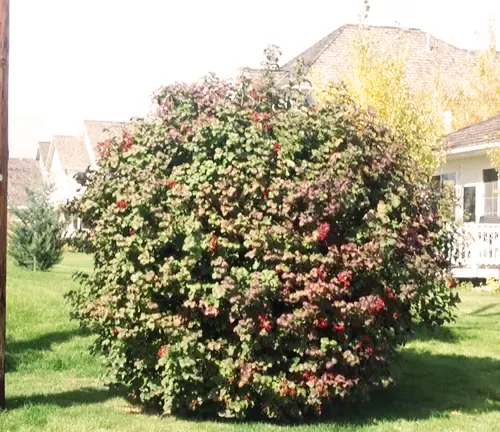
Mature Size
The American Cranberrybush Viburnum typically reaches a height of 8 to 12 feet (2.4 to 3.7 meters) and spreads about the same distance, forming a rounded and dense shape.
Soil Type
It thrives in well-draining soil with a slightly acidic to neutral pH level.

Hardiness Zones
This tree is adaptable and can grow in a wide range of hardiness zones, from Zone 2 to 7.
Growth Rate
The American Cranberrybush Viburnum has a moderate growth rate, typically adding about 12 to 24 inches (30 to 61 centimeters) of height per year.

Sun Preference
It can tolerate various light conditions, but it prefers full sun to partial shade for optimal growth and flowering.
Soil Preference
This tree is adaptable to different soil types, including loam, clay, and sandy soils.
Attributes
The American Cranberrybush Viburnum features attractive three-lobed, maple-like leaves that turn vibrant shades of red in the fall. In spring, it produces clusters of creamy white flowers that give off a pleasant fragrance. These flowers are followed by bright red berries that persist into the winter months, providing visual interest and a valuable food source for birds.
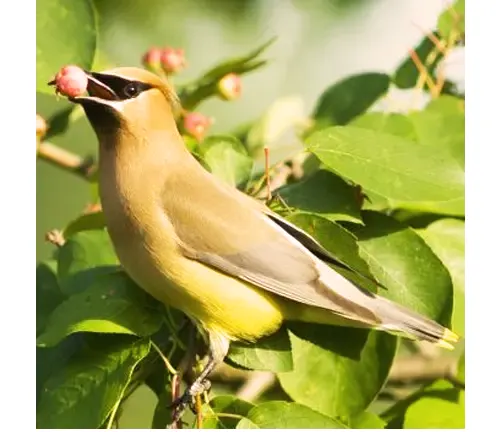
Wildlife Value
The tree offers excellent wildlife value. The berries are a favorite food for various bird species, including cedar waxwings, robins, and sparrows. The dense foliage provides nesting sites and shelter for birds, while the flowers attract pollinators like bees and butterflies.
Care
This tree is relatively low-maintenance. It benefits from regular watering, especially during dry spells, and a layer of mulch to retain moisture. Pruning can be done in early spring to maintain its shape and remove any damaged or crossing branches.
Benefits
The American Cranberrybush Viburnum offers numerous benefits to homeowners. Its attractive foliage and vibrant berries add beauty and visual interest to the landscape. Additionally, its wildlife value makes it a valuable asset for supporting local bird populations and pollinators.
Invasive
The American Cranberrybush Viburnum is not considered invasive. It coexists well with other native plant species and does not aggressively spread or displace native vegetation.
Lifespan
With proper care, the American Cranberrybush Viburnum can live for 20 to 30 years or more.
Disadvantage
While the tree has many advantages, it may be susceptible to some pests and diseases, which we will discuss further in the “Common Pests & Diseases” section.

Edible or Not
The bright red berries of the American Cranberrybush Viburnum are edible but are generally considered quite tart and are primarily used in cooking, particularly for making jams, jellies, and sauces.
Habitat Requirements
This tree thrives in moist to slightly dry conditions and is often found in wetland margins, woodland edges, and open areas. It can tolerate a wide range of soil conditions, including both well-drained and poorly-drained soils.
Name Origin
The common name “American Cranberrybush” is derived from the tree’s vibrant red berries, which resemble cranberries. The botanical name, Viburnum trilobum, refers to the three-lobed leaves of the tree.
Fun Facts
- The American Cranberrybush Viburnum is closely related to the European Cranberrybush (Viburnum opulus).
- Indigenous peoples in North America used various parts of the tree for medicinal purposes, including the bark, roots, and berries.
- The berries of the American Cranberrybush Viburnum can remain on the tree well into winter, providing a colorful contrast to the snowy landscape.
Characteristics
The American Cranberrybush Viburnum is known for its three-lobed leaves, which resemble those of a maple tree. The leaves are green in summer and transform into shades of red in the fall. In spring, the tree produces clusters of small white flowers, which give way to bright red berries that persist into winter.
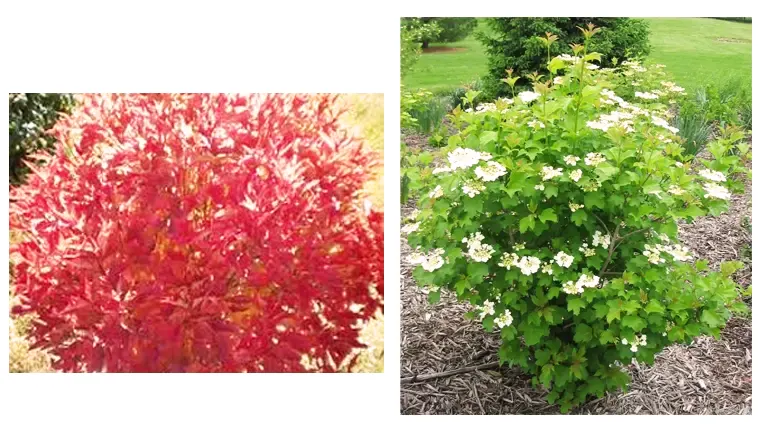
Varieties
There are several cultivars of the American Cranberrybush Viburnum, including ‘Compactum’ and ‘Wentworth.’ These varieties offer smaller sizes or specific growth habits to suit different garden preferences.
Pruning
Pruning can be done in early spring before new growth emerges. It is recommended to remove any dead or damaged branches and thin out crowded areas to improve airflow and overall shape.
Propagating
The American Cranberrybush Viburnum can be propagated through seed, softwood cuttings, or hardwood cuttings. Softwood cuttings are usually taken in early summer, while hardwood cuttings are taken in late winter or early spring.
Common Pests & Diseases
Common pests that may affect the American Cranberrybush Viburnum include aphids, scale insects, and spider mites. Diseases such as powdery mildew and leaf spot can also occur, particularly in humid conditions. Proper sanitation and regular inspection can help prevent and manage these issues.
Frequently Asked Questions:
- Are the berries of the American Cranberrybush Viburnum poisonous?
No, the berries are not poisonous, but they are tart and are typically cooked or processed before consumption. - Can I grow the American Cranberrybush Viburnum in a container?
While it is possible to grow this tree in a container, it is generally best suited for planting in the ground, where it can reach its full size and potential. - Does the American Cranberrybush Viburnum attract butterflies?
Yes, the tree’s fragrant flowers attract butterflies and other pollinators.
In conclusion, the American Cranberrybush Viburnum is a versatile and visually appealing tree that offers numerous benefits to both homeowners and wildlife. Its attractive foliage, beautiful flowers, and vibrant berries make it an excellent choice for landscaping. With proper care and attention, this tree can thrive in various soil conditions and hardiness zones, providing years of enjoyment and ecological value.



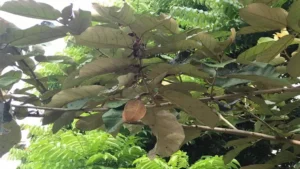


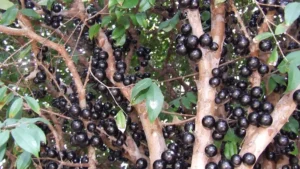
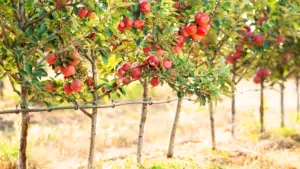

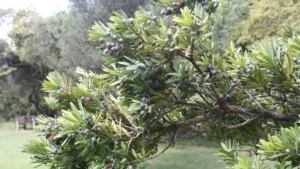


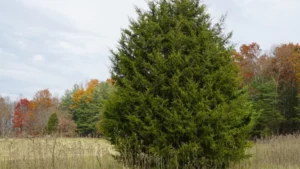
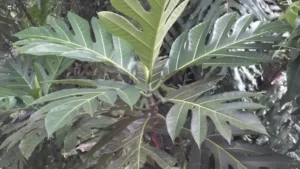
Leave your comment